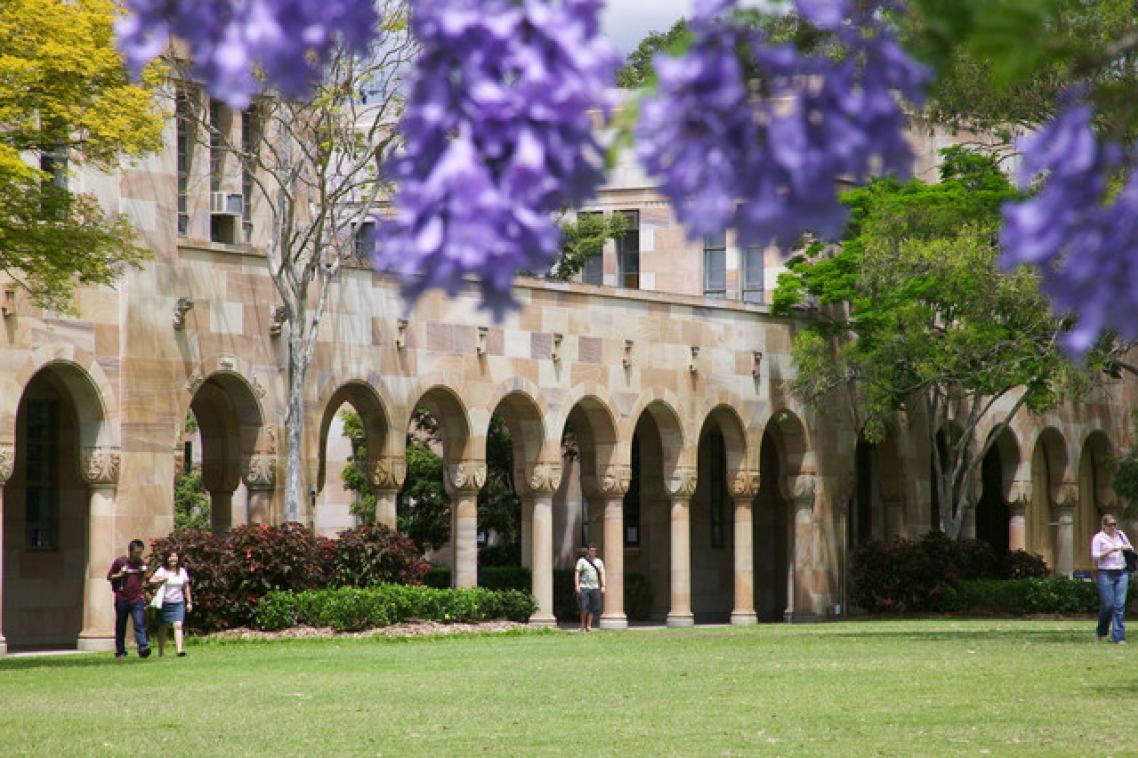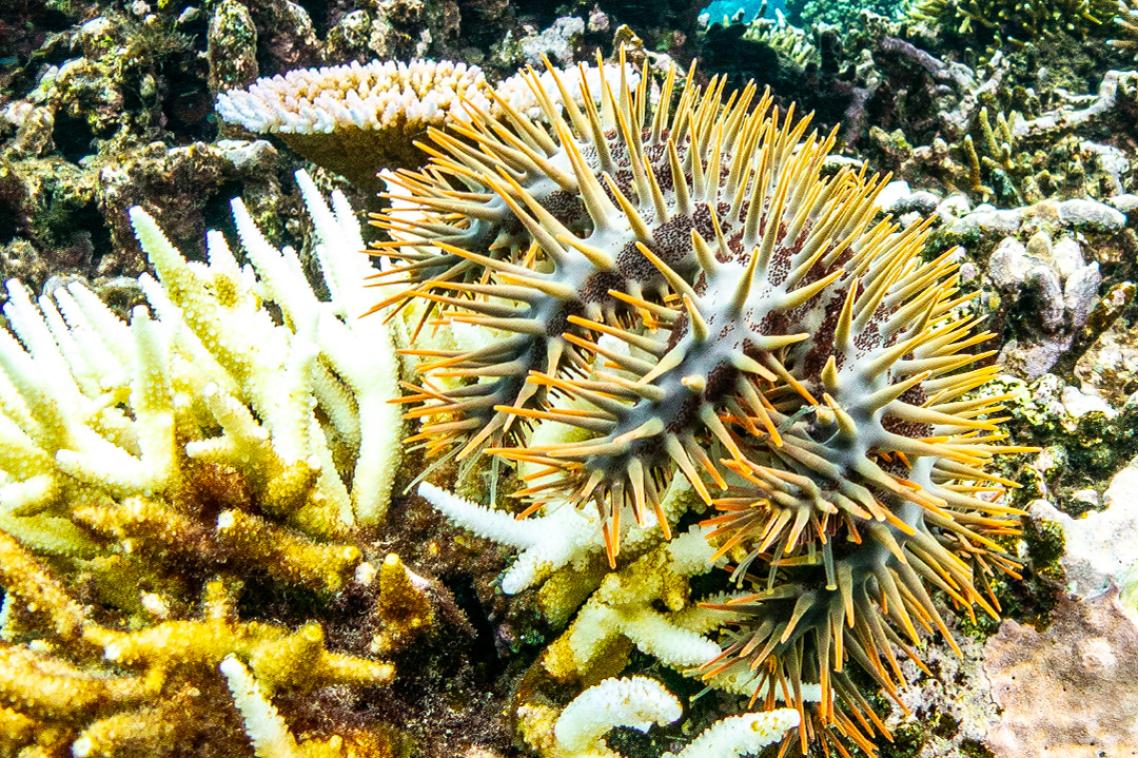UQ develops world-leading technology to reduce carbon dioxide emissions
University of Queensland research into reducing carbon dioxide (CO2) emissions could add $25 billion to Queensland’s economy.
Dr Paul Massarotto, Principal Research Fellow at UQ’s CO2program, said the technology had the potential to help sequester most of the current 45 million tonnes per year of CO2 emitted from Queensland’s coal-fired power generating plants.
He said the process involves injecting the CO2 into deeper and uneconomic coal seams, sending the carbon back to where it came from.
“The beauty of the process is that as coal adsorbs the CO2 it releases extra coal seam methane, which can be recovered as a clean-burning fuel,” Dr Massarotto said.
“The complete cycle could make our coal-fired power plants zero-emissions facilities.”
He said by using this technology many large industrial sites in Queensland, and around the world, could reduce atmospheric emissions of CO2 and gain economic benefits as well.
“Queensland could derive large economic benefits were it to become a world-first site for CO2 sequestration, attracting carbon credits of up to $500 million a year or more for the next 30-50 years,” he said.
“This alone could be worth more than $15 billion. Additionally, the technology has the potential to increase Queensland`s coal seam methane recoverable resources by between 25% and 50%, potentially adding another $7 to $10 billion to Queensland`s economy through sales of this clean fuel.”
Dr Massarotto said the International Energy Agency had identified Australia as the prime world region for implementing this geological CO2 sequestration technology, particularly at large point source emitters such as coal-fired power plants and big industrial processing plants.
UQ’s extensive research program seeks to accelerate technical and environmental capability in deep coal sequestration of CO2, extending to field trials and eventual adoption in Queensland and New South Wales if demonstrated to be viable. Though pilot tested in the USA and Canada, there are still several knowledge gaps being researched by the 14-member UQ team.
The project is supported by the Australian Research Council through two substantial projects grants. UQ researchers recently presented the technology program to other supporting organisations including Origin Energy CSG Limited; Stanwell Corporation Limited; Southern Pacific Petroleum NL; Queensland Environmental Protection Agency; the CSIRO; and The Illinois Geological Survey at the University of Illinois (UIUC).
Media: For more information contact Dr Paul Massarotto (telephone +61 7 3365 4152) or Professor Victor Rudolph (telephone +61 7 3365 4171) or Andrew Dunne, UQ Communications (telephone +61 7 3365 2802, email a.dunne@uq.edu.au).
Related articles

UQ professor joins WHO advisory group on alcohol and drug use

Crown-of-thorns control boosts coral growth in a warming world
Media contact
UQ Communications
communications@uq.edu.au
+61 429 056 139
